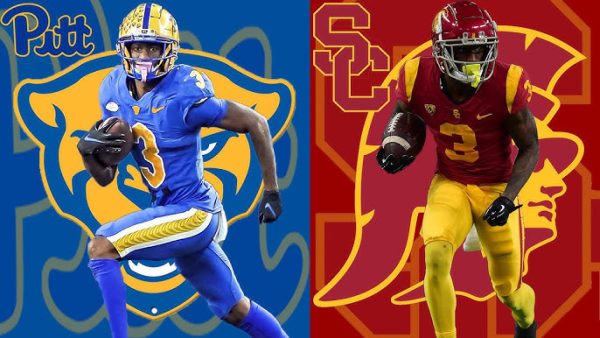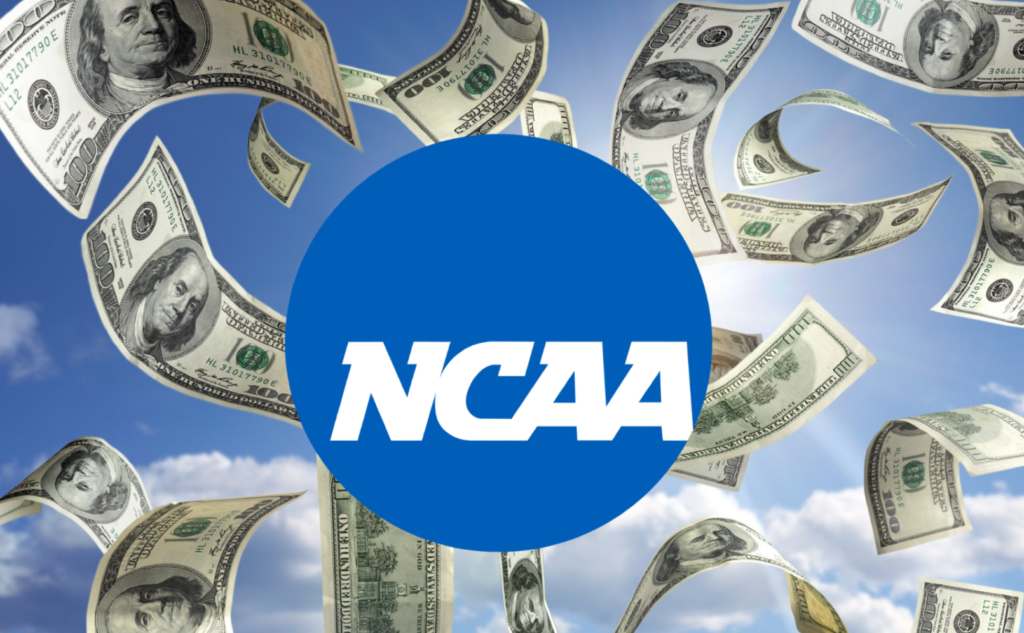When the Ohio State Buckeyes won the 2025 College Football National Championship, attempts to undermine their achievement rose in number rapidly. Fans accused them of essentially “buying” a championship with their expensive roster, which reportedly cost $20 million to assemble. Meanwhile, their rival, the University of Michigan, flipped 5-star quarterback Bryce Underwood’s commitment from LSU to Michigan using a $10 million offer. The astronomical values of these deals raises the question: Is the additional money now given to athletes a positive or negative?
Until recently, college athletes were prohibited from making money off their personal brand, no matter how famous or talented they were. They could only receive scholarships to play. However, since the NCAA reversed this policy in July 2021, allowing athletes to profit from their NIL (“name, image, and likeness”), the dynamics of college athletics have completely changed, bringing with it a host of new opportunities, as well as challenges.
One major way NIL benefits college athletes is the way these deals can provide financial support for athletes who are below the poverty line. According to a 2019 study by the National College Players Association, 86% of student-athletes who live off campus are living below the federal poverty line. These athletes have to juggle numerous time commitments, from sports to academics, and many can’t earn a liveable income from a job. If they didn’t receive scholarships or NIL deals, they would struggle a lot more, as affording even basic necessities would be a major challenge. In addition, NIL deals make athletes want to stay in school longer because they make good money playing in college. Rather than declaring for the draft early and going to play with pros, many athletes are incentivized to complete their degrees and not just settle for the minimum school requirements. On the business side, due to the athletes staying, the revenue, viewership, and fan engagement in college sports can compete with professional sports leagues because fans want to see their favorite players do well.
However, NIL has also come with a plethora of challenges. College sports should be focused on developing their student-athletes in skills and studies, but NIL places the spotlight on marketability, meaning players are more interested in increasing their earnings than taking their talents to the leagues. Before NIL, players mostly played college ball strictly for their passion and pride in the sport; however, college sports are now a business, and college decisions depend on monetary incentives. Although the NIL rewards players for their talent in the sport, marketability and popularity often lead to higher NIL deals. Two athletes with some of the most lucrative NIL deals are quarterback Arch Manning and gymnast Livvy Dunne. They don’t necessarily stand out because of their exceptional skill but because of a famous name or social media presence.

Furthermore, larger schools are also at an advantage because they have the financial resources to keep their top athletes. Jordan Addison, current a wide receiver for the Minnesota Vikings, was encouraged to transfer from Pitt to USC due to a better NIL package. Due to the loss of their star receiver, Pitt was unable to repeat their ACC Championship success from the season prior. Essentially, the NIL allows for legal tampering with players by large universities, undermining the integrity of collegiate sports. Another challenge with NIL is the tax implications for student-athletes. Many argue that because of this, NIL is not really beneficial to student-athletes. Furthermore, many college athletes receive benefits such as board, meals, and potentially even full athletic scholarships. Due to this, a predominant viewpoint among critics is that college athletes do not need monetary compensation because what they receive from the college is more than enough to reward them for their athletic prowess.
Ultimately, even though the rise of NIL has allowed student-athletes to earn money while staying in college, the negative effects of this new policy on both these players and the equity of college sports as a whole are definitely a cause for concern.


